The first versions of Google, Facebook, YouTube and other IT monsters (and what they can teach you in terms of developing your own business)
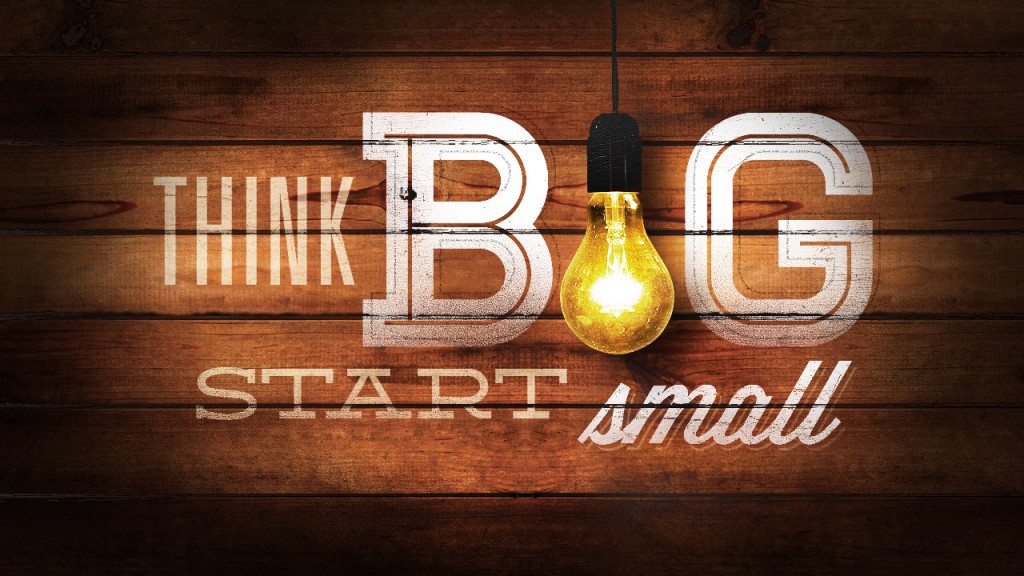
"The best that we know and love, began with small" - Joel Gascoigne (Joel Gascoigne) .
The CEO of Buffer , Joel Gascoigne, recently wrote a post about how important it is to start small new projects. He remarkably remarked that, looking at the finished product, which is the result of someone else's hard work, you can forget how much time it took its creators to find themselves at this point:
')
“It’s really hard for us to understand how the evolutionary process of products and brands contributes to the construction of what they are today and is vital for companies.”
Joel says that the likelihood of success increases if we bring small projects to mind. Start small and let your projects grow, and grow significantly.
“Don't even try to build startups. These are premature intentions. To start, build something that seems interesting to you. ”- Paul Graham
In order to see how simple the titans of the IT industry were at the beginning of their life, I suggest you take a ride on a time machine, looking into the past. The design cannot tell us all that happened behind the scenes of the company, but it will help us to follow the development of a product or service in time. In addition, each of the creators has useful information about why they themselves started small and how it helped them grow and achieve success.
So, let's see how these companies evolved from modest projects into powerful giants of IT business:
Facebook - “Work for the Long Term”
“I'm here to build something in the long term. Everything else is just fun. ”- Mark Zuckerberg
Zuckerberg had big goals: he wanted Facebook to create and strengthen social connections between people all over the world. And despite the fact that it all started with a small solution, covering only college students, Facebook has grown into one of the largest and most popular (today) social networks. Facebook continues to grow until now, because its creator for a long period of time worked on the construction of the company:
“I know that this may sound sentimental, but I would like to improve people's lives, especially in the social aspect ... And making the world more open is not a matter of one day. It will take 10-15 years. ”
2004

Today, Facebook has become bigger and more complicated than it was at the very beginning, but Zuckerberg remains true to his ideas:
“A lot of the fundamental principles of Facebook are based on the fact that people’s access to additional information and stronger links between them will make this world better, as people will understand each other better and become more compassionate. For me, this is a fundamental principle. On difficult days, when I am ready to retreat, this faith helps me to move forward. ”
2013

Google - “Focus on one goal”
“When Sergey and I founded Google, we hoped, but did not expect that the company could reach such a size and gain the influence it possesses today. We were only very interested in helping people find information more effectively, ”- Larry Page.
1998

Google’s design over the years has remained fairly minimalist, even though the company’s operations have expanded significantly and new services such as Maps, YouTube, Gmail and Drive have been added. And now, when you enter the Google homepage, it’s clear that Google is still focused on one thing: effective information retrieval.
“If we talk about Google, we try to meet the needs of our users as quickly as possible”, - Larry Page.
2014
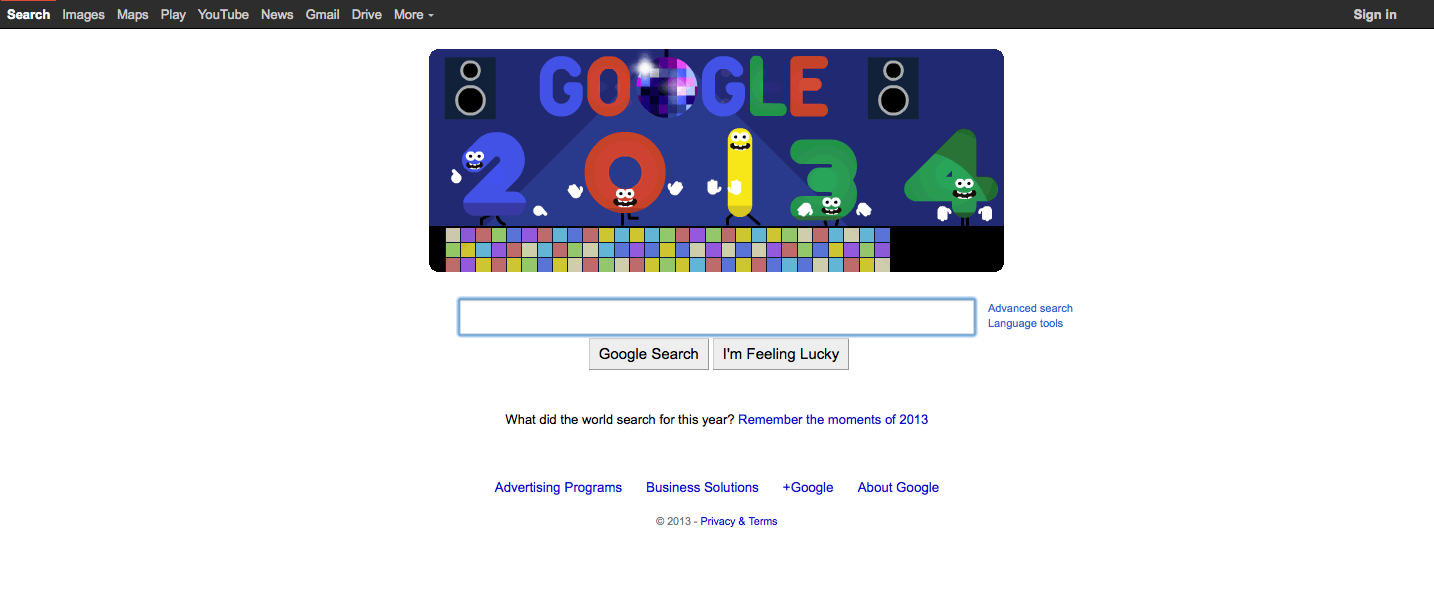
Tumblr - “First of all create for yourself”
Tumblr founder David Karp created a service to satisfy his own need. Blogging was becoming more and more popular, but it focused on writing texts — something that not everyone would like to do, as was rightly noted by David.
“You are given this huge white field in which you need to write a witty headline that will convince people to go ahead and read your post. The post, in turn, should consist of several paragraphs of well-formed HTML text with small images (do not forget about alignment). And it must be really well-written and edited material, ”- David Karp.
2007
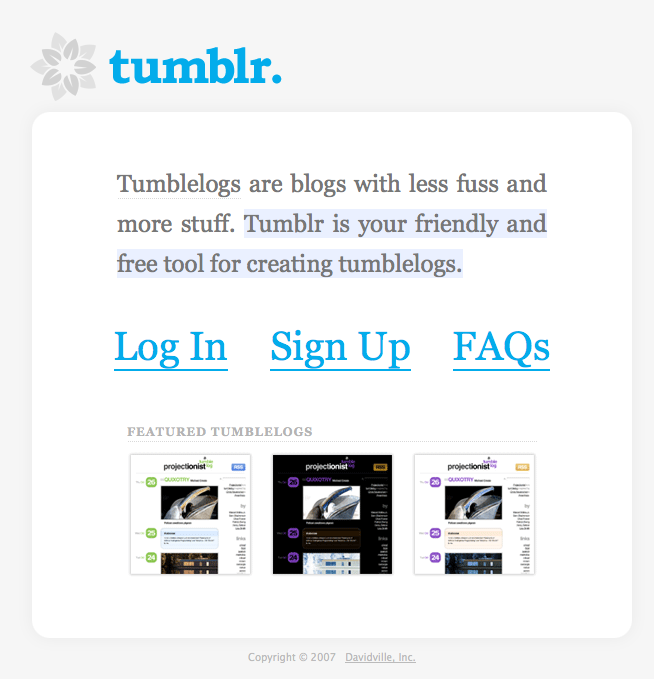
Today, Carp associates Tumblr’s success not only with the idea of using “more chips” (including photos and GIF), but also with the fact that the team is focused on creating something that loves and uses:
“It seems to me that one of the important features that Tumblr has managed to preserve until today is that it is still the product that our team creates primarily for itself and is happy to use every day for hours. And I would like to believe that this not only has a beneficial effect on the product, but also helps us not to forget about its main purpose, not to deviate from the course. And this, in my opinion, retains its original concept. ”
2014

YouTube - "Do not assume that you know everything"
The YouTube team is committed to testing their designs and creating products based on how they attract people based on previous experience:
“We had a lot of our own ideas about how the service should evolve. If we talk about PayPal and eBay, then it seemed to us that YouTube could be a wonderful means of adding video to the goods at auction, but we found that no one uses our product in this way, and therefore did not add the appropriate features ", - Chad Hurley (Chad Hurley).
2005
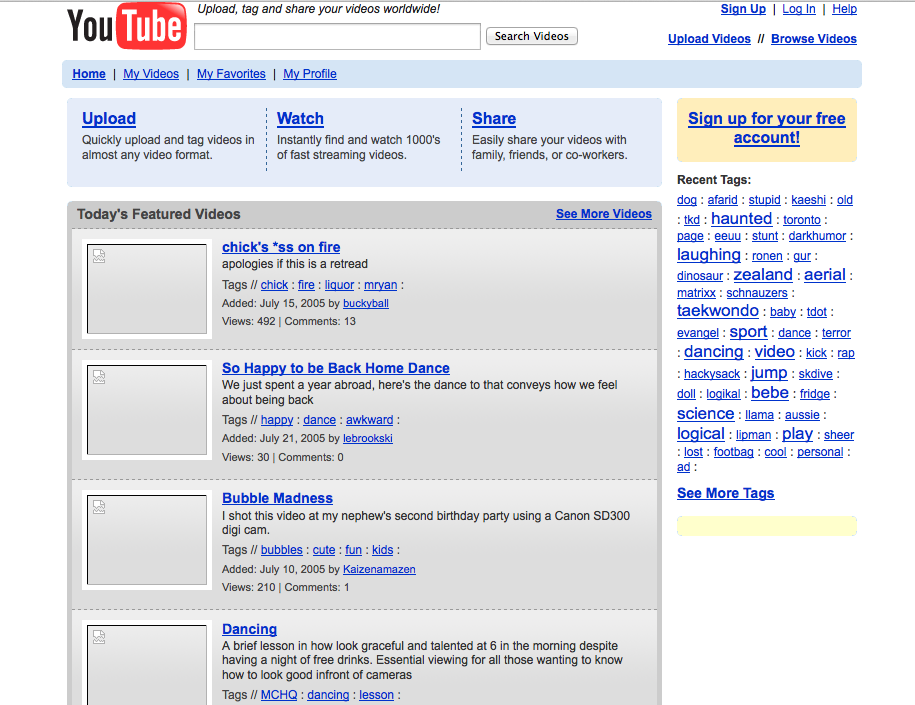
YouTube co-founder Chad Hurley advises the founders of startups to test their assumptions and listen to users, rather than grabbing at first the development of a large complex product based solely on your vision.
When you start creating a product, don't assume that you know everything. Listen to users and adapt.
2014
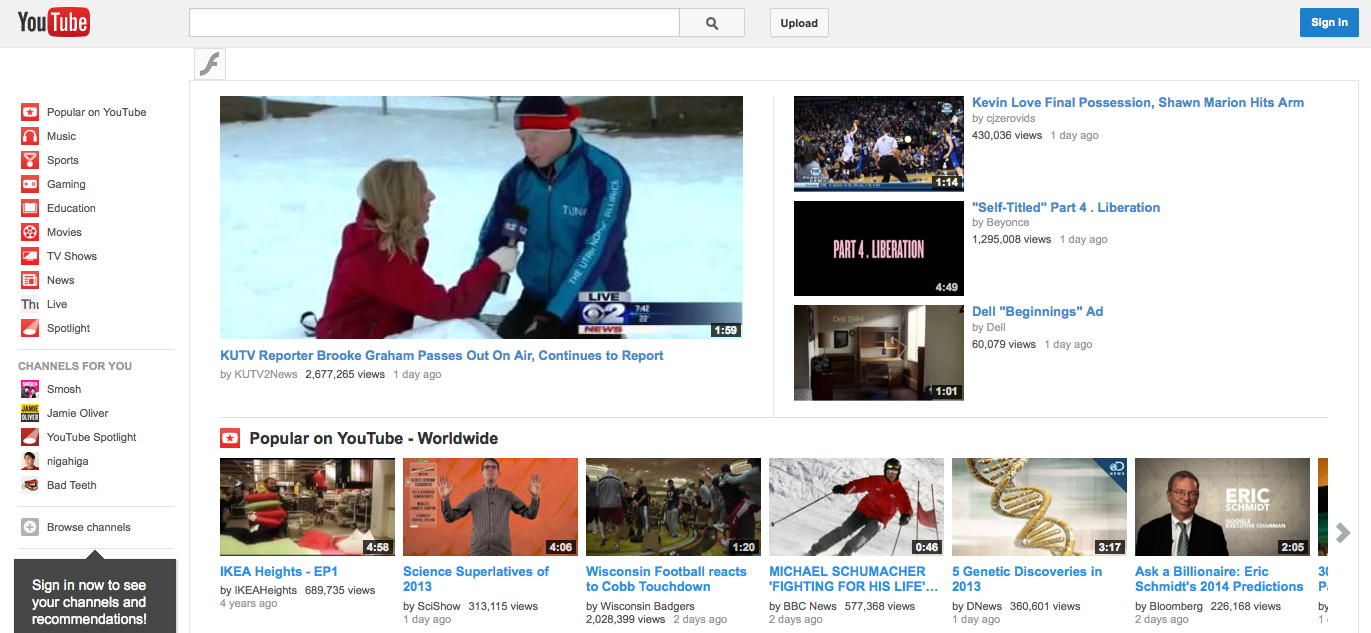
Yahoo! - “Be ready for growth”
Like most of the above companies, Yahoo! began its existence as a very small project aimed at solving a specific problem: the future founders of Yahoo! had trouble finding websites that they wanted to visit later, so they started cataloging web pages.
“We called the directory" Jerry's Guide to the World Wide Web. " We did not even have time to blink an eye as people from all over the world began to use the database we created, ”- Jerry Yang.
1996

Based on his personal experience, co-founder Jerry Yang advises preparing to expand his business:
“It seems to me that you must prepare your business for growth. And if the business model is not able to provide rapid scaling of your project, then in the end nothing will work for you. ”
2014

Amazon - “Put Your Customers First”
“All our innovations start with customers and are developed based on their needs. It becomes our standard of how we invent something. ”- Jeff Bezos.
Amazon creator Jeff Bezos argues that customer orientation from the very beginning was and remains Amazon’s best competitive advantage:
“We had three main ideas for the development of Amazon, to which we have been faithful for 18 years now, and they are the reason for our success: Start with customers. Create. Be patient. ”
1999
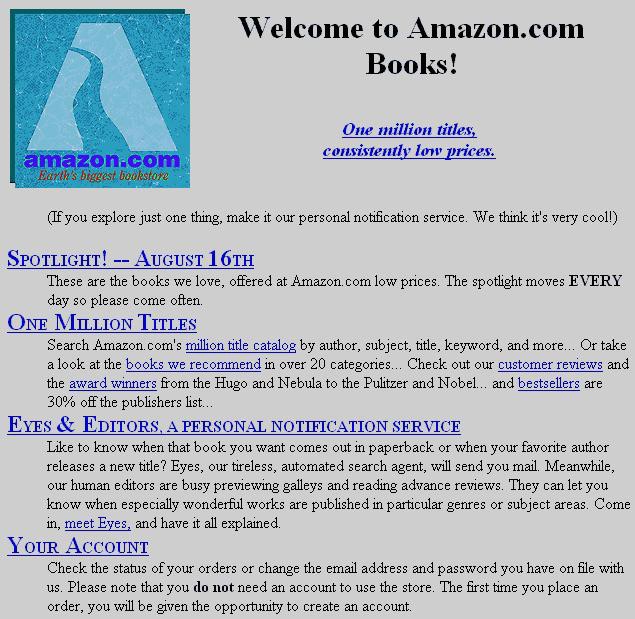
From an online bookstore, Amazon has grown into a huge online platform selling almost everything. But even despite the incredible growth, Bezos continues to focus on what customers want:
“When taking a morning shower, competitors think about how they are going to surpass one of their main competitors. We are in these moments thinking about how we are going to create something new, trying to look at it through the eyes of a client. ”
2014

There are quite a few examples of how large companies today started out small. In his article, Joel Gascoigne cited Dale Carnegie’s book How to Make Friends and Be Influential (How to Win Friends and Influence People), which began with a short conversation and writing on a piece of paper, as an example.
Another example that I really like is a startup Sunrise , which appeared in the form of a daily emailing campaign, and now has become a full-fledged calendar for the iPhone.
Source: https://habr.com/ru/post/294094/
All Articles